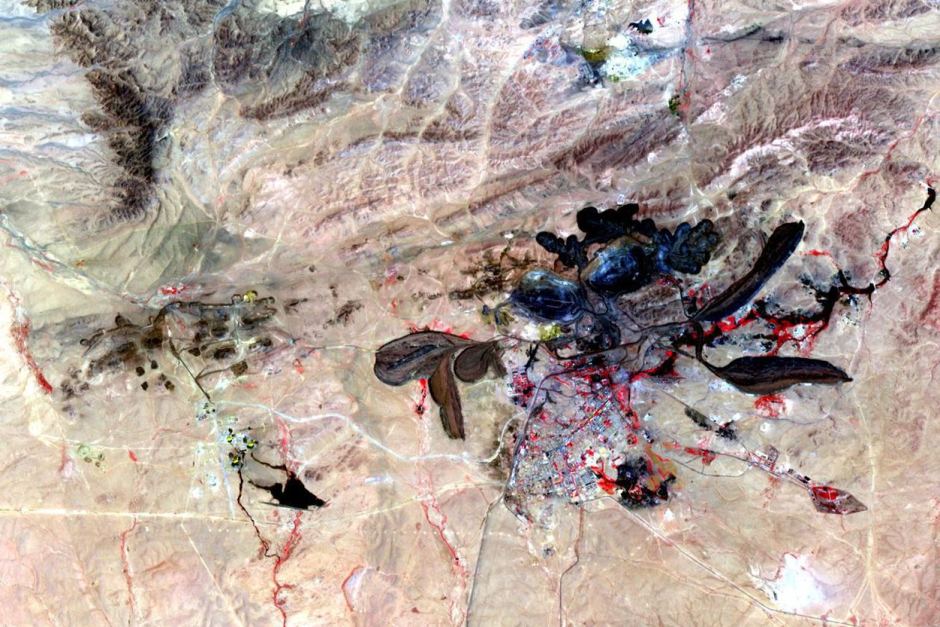
China, the world’s biggest producer of magnet rare earth oxides could stop exporting the group of minerals within the next decade due to increasing domestic demand and a shortage in global supply, said Ryan Castilloux, founder of the independent research group, Adamas Intelligence.
The global demand for rare earths, which are employed in a range of applications including permanent magnets used in electric vehicles (EV) and renewable energy devices, has increased in recent years as the world looks to meet its decarbonization goals.
“If we consider that China is responsible for about 90% of the world’s neo magnet production today and 70% of the demand for those magnets exists in China, and then we consider…around one-third of the market to be unsatisfied by 2035, we can quickly begin to see the calculus that China is going to be faced with,” said Castilloux at a webinar on rare earths organized by BMO.
“Do they sell magnets to the domestic market to empower automakers to create their EVs…or do they simply export the magnets to a fridge manufacturer in Nebraska or Turkey? I think the decision is clear,” he added.
The Adamas Intelligence head added that the possibility of China halting its exports is “beginning to crystallize” with decision makers in North America where steps are being taken to address the challenge, but less so in Europe, which is more optimistic about the Asian juggernaut being able to “continuously deliver,” as they have done over the past 20 years.
By 2035, the research group expects the production of rare earths to more than double and add about 300,000 tonnes, compared to 2021. But that would still not be enough to keep up with the annual growth in demand of 8 to 10%.
“Last year global production was about 250,000 tonnes or so…we are looking to do a century’s worth of work in 12 years, which is formidable, but still won’t be enough to meet the tripling of demand,” said Castilloux, while speaking to BMO analyst Robin Fiedler.
Naimul Karim | June 7, 2022 | 12:56 pm
